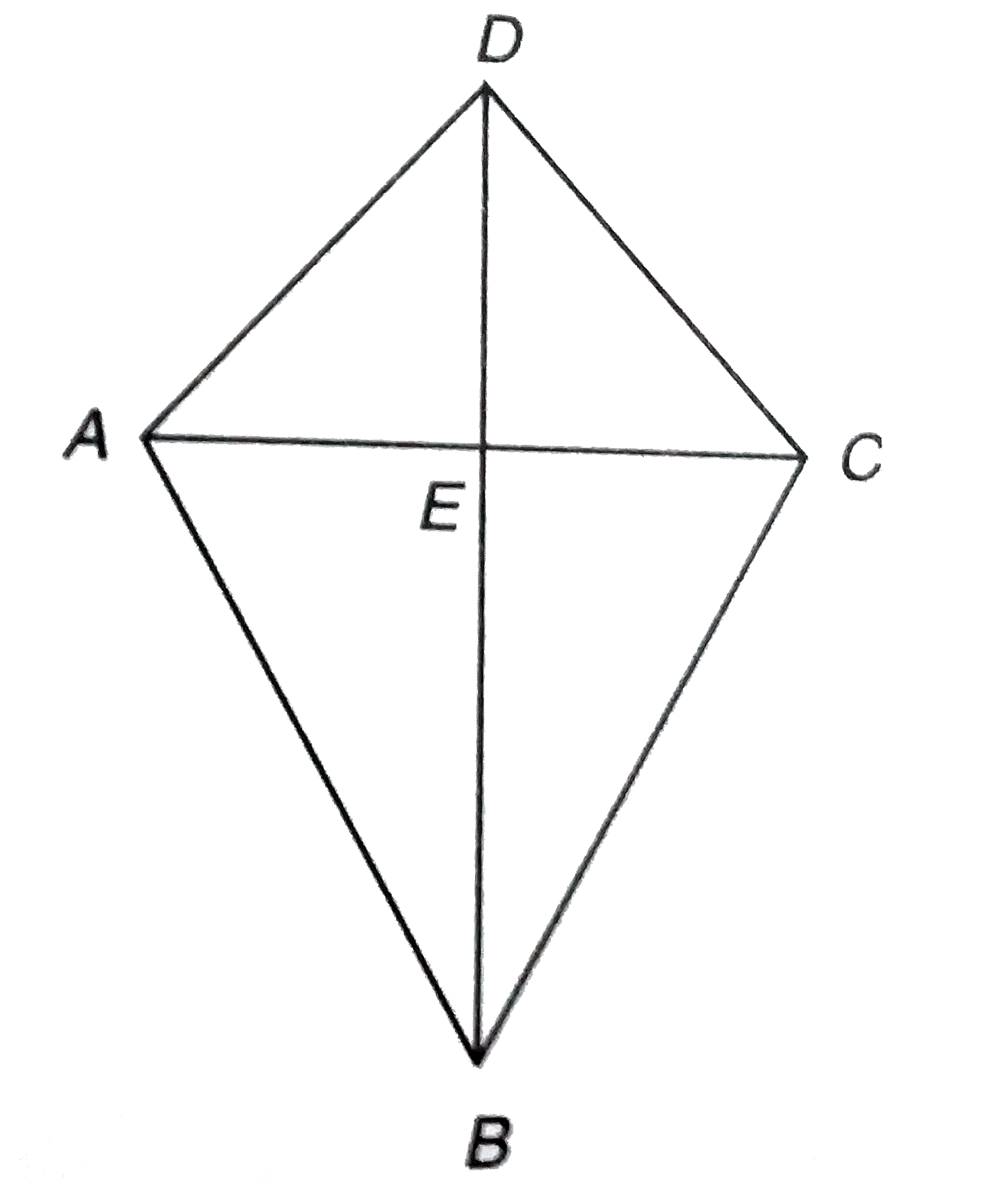Which of the following is not true w.rt. K?
It indicates the substrate concentration at which half of the maximum velocity of an enzyme catalyzed reaction is attained
is not a measure of efficiency of enzyme
Value of K of an enzyme remains unchanged in presence of a non competitive inhibitor
Allosteric enzymes do not show the typical Michaelis Menten kinetics
The correct Answer is:B
To solve the question "Which of the following is not true with respect to K?", we need to analyze each statement provided in the options regarding the Michaelis-Menten constant (K or Km). Here’s a step-by-step breakdown:
Step 1: Understand the Definition of K (Km)
K, or the Michaelis-Menten constant (Km), is defined as the substrate concentration at which the rate of the enzyme-catalyzed reaction is half of its maximum velocity (Vmax). This means that Km gives us an idea of how efficiently an enzyme converts substrates into products.
Step 2: Analyze Each Statement
1. Statement 1: "It indicates the substrate concentration at which half of the maximum velocity of an enzyme-catalyzed reaction is attained."
- This statement is true because it accurately describes Km.
2. Statement 2: "It is not a measure of efficiency of enzymes."
- This statement is not true. Km is indeed a measure of enzyme efficiency. A lower Km indicates higher affinity and efficiency of the enzyme for its substrate.
3. Statement 3: "The value of K of an enzyme remains unchanged in the presence of a non-competitive inhibitor."
- This statement is true. Non-competitive inhibitors do not affect the Km value because they do not change the binding affinity of the enzyme for the substrate.
4. Statement 4: "Allosteric enzymes do not show the typical Michaelis-Menten kinetics."
- This statement is true. Allosteric enzymes exhibit a different kinetic behavior due to their multiple active sites and subunits.
Step 3: Identify the Incorrect Statement
From the analysis, the only statement that is not true regarding K (Km) is Statement 2: "It is not a measure of efficiency of enzymes."
Conclusion
The answer to the question is that Statement 2 is not true with respect to K (Km).
---
K, or the Michaelis-Menten constant (Km), is defined as the substrate concentration at which the rate of the enzyme-catalyzed reaction is half of its maximum velocity (Vmax). This means that Km gives us an idea of how efficiently an enzyme converts substrates into products.
1. Statement 1: "It indicates the substrate concentration at which half of the maximum velocity of an enzyme-catalyzed reaction is attained."
- This statement is true because it accurately describes Km.
- This statement is not true. Km is indeed a measure of enzyme efficiency. A lower Km indicates higher affinity and efficiency of the enzyme for its substrate.
- This statement is true. Non-competitive inhibitors do not affect the Km value because they do not change the binding affinity of the enzyme for the substrate.
- This statement is true. Allosteric enzymes exhibit a different kinetic behavior due to their multiple active sites and subunits.
From the analysis, the only statement that is not true regarding K (Km) is Statement 2: "It is not a measure of efficiency of enzymes."
The answer to the question is that Statement 2 is not true with respect to K (Km).
Topper's Solved these Questions
Similar Questions
Knowledge Check
Which of the following is not true for a bike?
 AAE=~CEBDE=~BEC∠ABE=~∠CBED∠E=90∘
AAE=~CEBDE=~BEC∠ABE=~∠CBED∠E=90∘
Which of the following is not true w.r.t electrical synapse?
View SolutionWhich of the following is true w.r.t. manufacture of genetically engineered insulin ?
View SolutionWhich of the following is incorrect w.r.t. species?
View SolutionWhich of the following is incorrect w.r.t. neurohypophysis?
View SolutionWhich of the following is true w.r.t diabetes insipidus?
View SolutionWhich of the following is true w.r.t homologous structures?
View SolutionWhich of the following is incorrect w.r.t cellulose?
View Solution